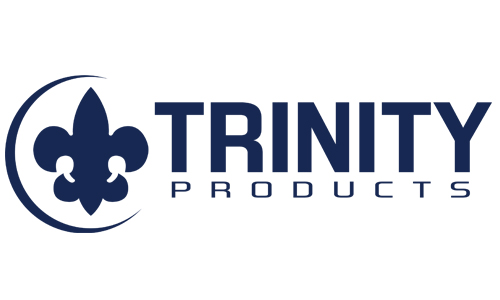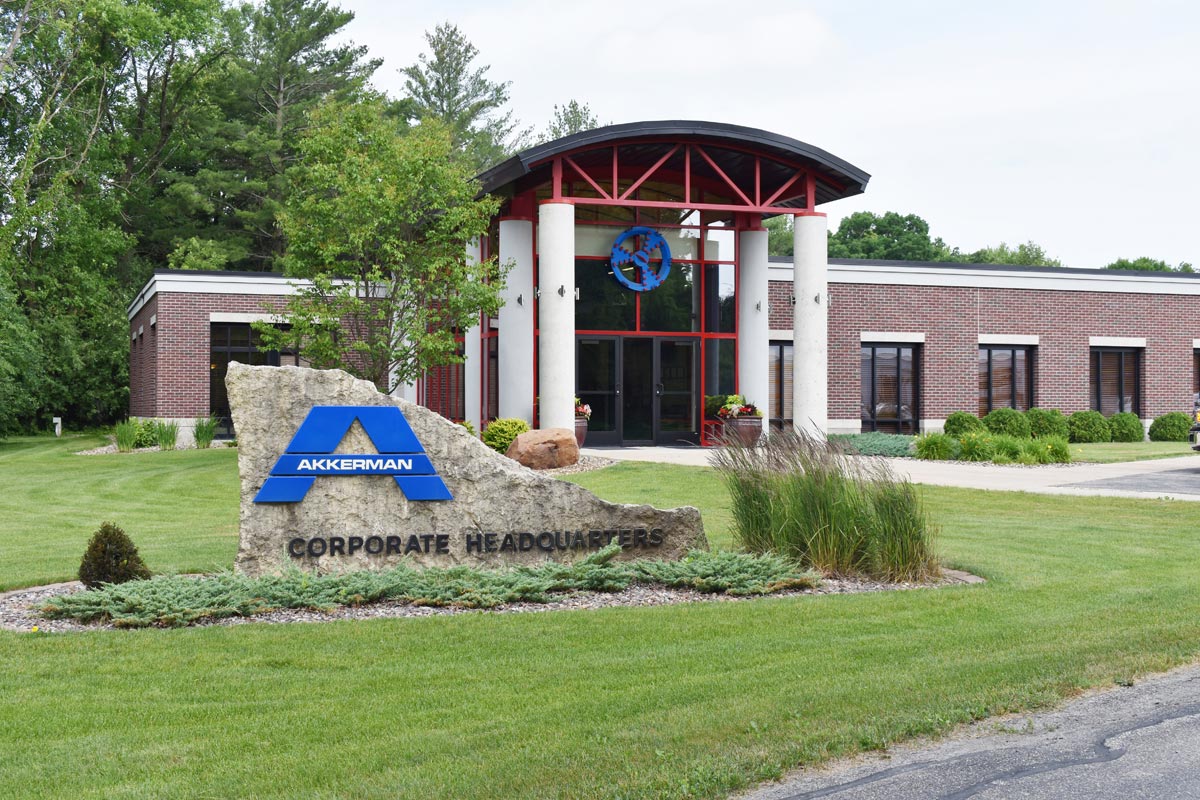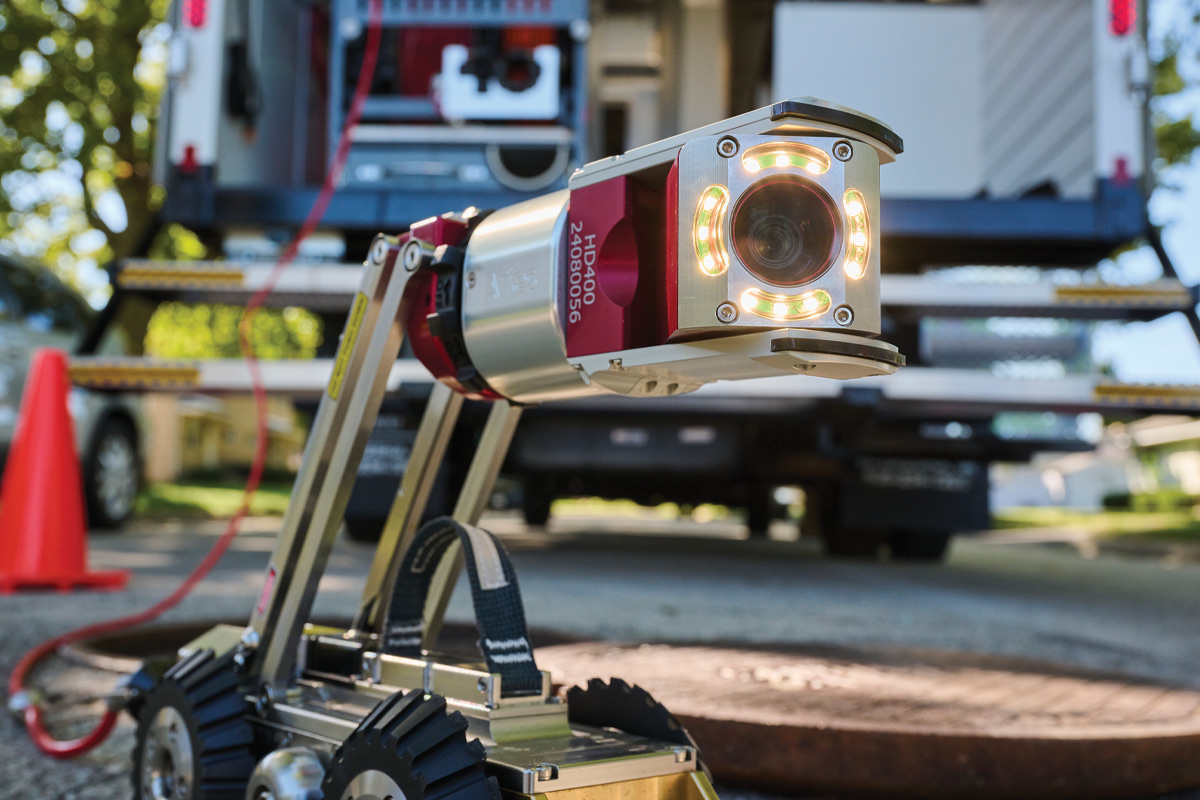
How to Select the Right Steel Pipe for Trenchless Applications

For over a century, steel pipe has remained a go-to solution in trenchless applications, thanks to its core strengths: durability, cost-effectiveness, high jacking capacity, low friction coefficient, and ease of modification or repair. Despite its long-standing reliability, a common misconception persists about the differences between the two primary types of steel pipe used in trenchless projects—longitudinal seam and spiral seam pipe. Understanding these differences is crucial for selecting the best option for your needs.
While the fundamental characteristics of steel pipe have not changed since Mike Argent introduced the mechanical press-fit connection in 1995, advancements in manufacturing processes and material quality have improved significantly. One notable myth is that spiral weld pipe will rotate more during installation than longitudinal-seam pipe. However, this belief has been repeatedly disproven. The evolution of spiral weld technology—from a lap-welded helical process to a laser-guided, dual-submerged arc weld—has resulted in full-penetration welds comparable to those of longitudinal seam pipe. The modern spiral weld method, which produces pipes more efficiently from coils, now meets or exceeds the weld quality of its longitudinal counterpart, thanks to added inspections that ensure reliability despite the higher production speeds.
Both types of steel pipe must adhere to the same standards. In spiral weld pipe manufacturing, the weld seam can be ground during the inline process to achieve a smooth outer diameter (OD), making it suitable for use with pipe thrusters or to ease installation in challenging ground conditions.
Spiral weld pipe is widely used in high-demand applications like piling and water transmission systems by leading manufacturers. These pipes have a proven track record in the most challenging environments, demonstrating long-term performance and reliability. With improvements in trenchless installation techniques and steel production, spiral weld steel pipe is no longer reserved for large-scale projects. It now offers a cost-effective, readily available alternative without compromising on the properties of other manufacturing methods.
When selecting the right steel pipe for trenchless applications, it’s essential to consider both the manufacturing method and the specific requirements of your project. By understanding the strengths of both longitudinal seam and spiral seam pipes, you can make a more informed decision that ensures optimal performance and durability.
For more information about Trinity Products visit trinityproducts.com.




